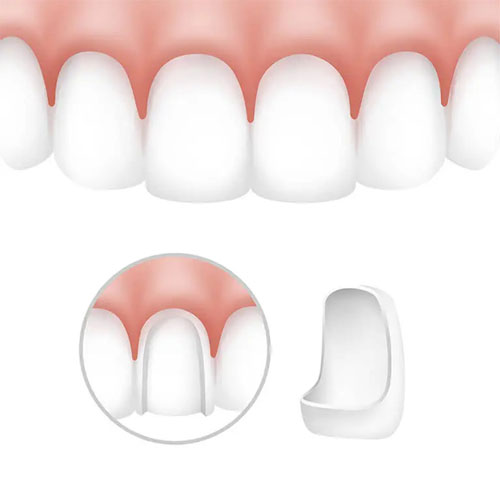Composite Filling – Bonding
Composite Filling – Bonding is a cosmetic approach that corrects disorders such as tooth fractures, tooth gaps, crowding and abrasion in a very practical way.
With composite-based materials, the desired color, form and size changes can be made in a single session.
How is Composite Filling – Bonding Applied?
Composite filling – bonding can be performed without anesthesia if the fractured or decayed area is not too large and deep. If only size and form changes are desired, no abrasion is performed on the tooth surfaces.
The composite-based filling material is applied to the tooth with special adhesives and hardened with light. The bonding process is finished by polishing.

What are the Advantages of Composite Filling – Bonding?
-
Can be applied at any age.
- Its cost is low compared to porcelain laminates.
- Since it does not require laboratory procedures, the treatment is completed in a very short time.
What are the Disadvantages of Composite Filling – Bonding?
- Color change can be seen over time.
- They are not as resistant to abrasion as porcelain laminates.
- They may need to be renewed as they change size and color over time.